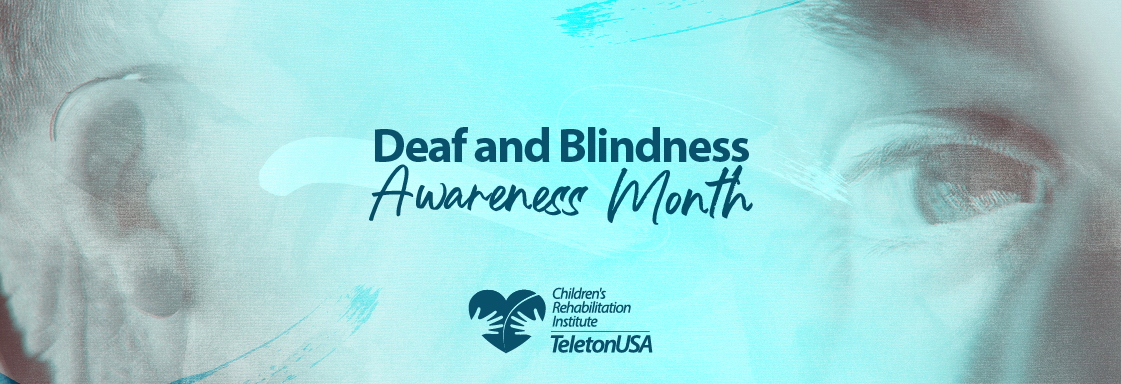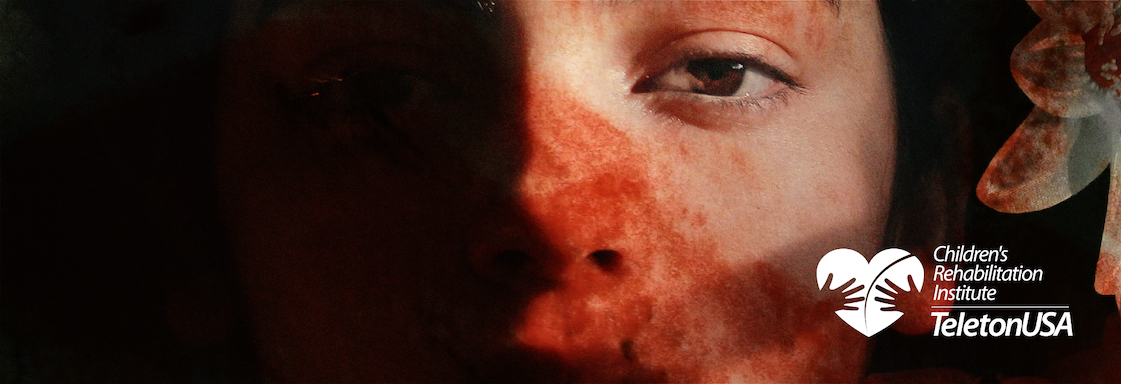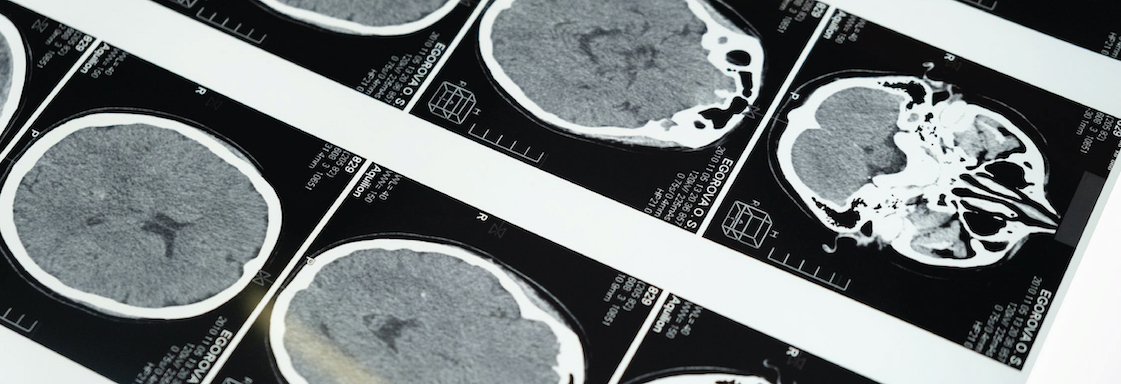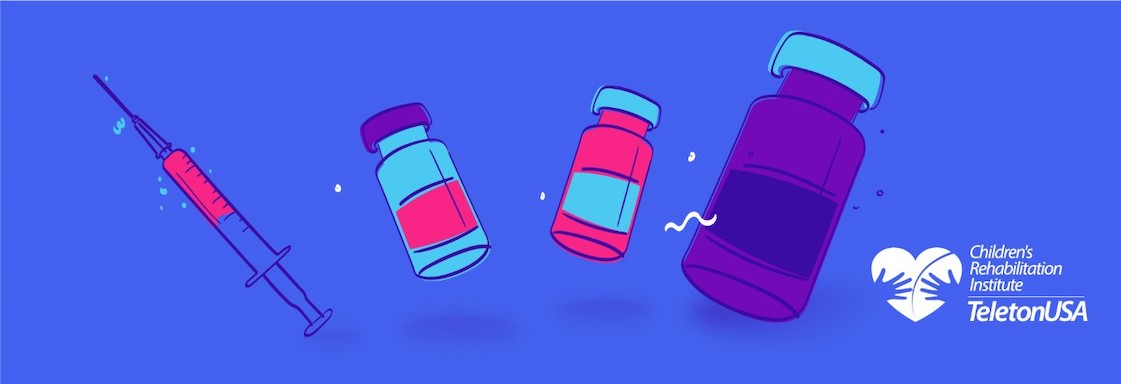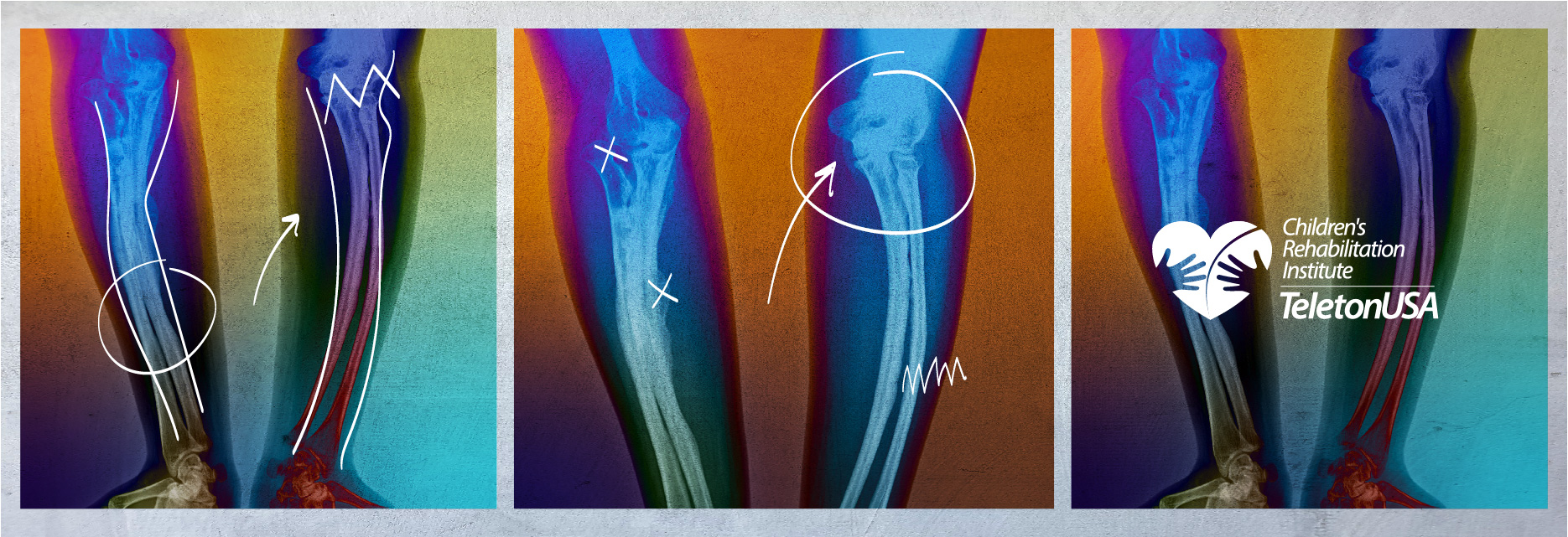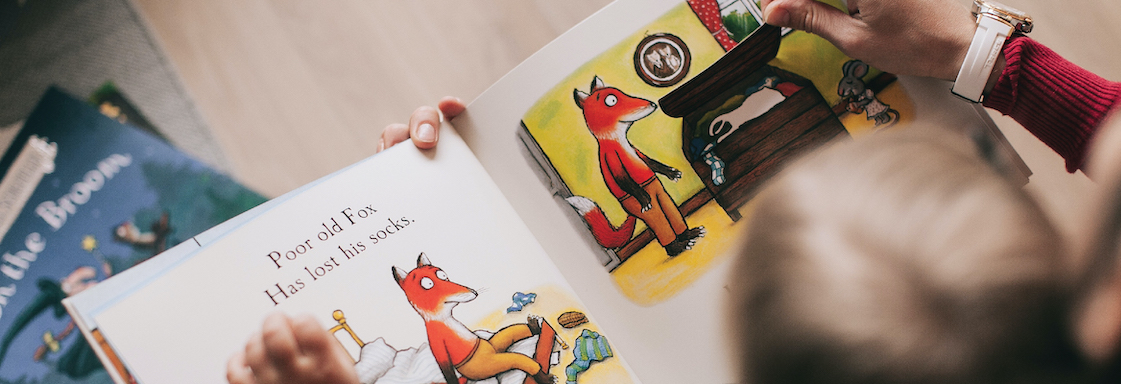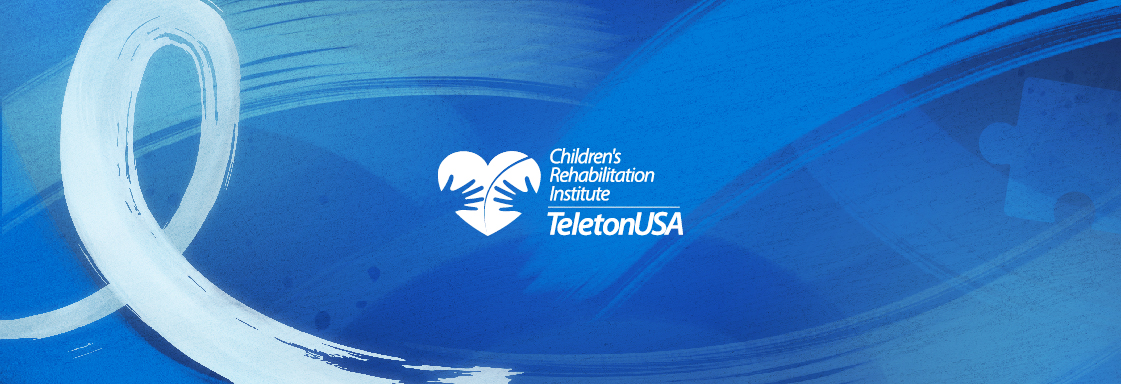Being “deaf” refers to hearing loss so severe that there is little to no functional hearing. Whereas “hard of hearing” refers to hearing loss with the potential for residual hearing that an auditory device can be used to assist with hearing. If a child is born with or develops a hearing impairment, here are a few signs to be aware of:
- No startling to a loud noise
- No turning to sound or to their name
- Delayed or unclear speech
- May hear some sounds but not others
- Turns the TV or music up too high
It is important to note that when speaking to someone who is deaf or hard of hearing, you always face them and speak clearly, slowly and steadily. Many individuals who are hard of hearing utilize lip reading to assist them. You do not need to speak louder, exaggerate or yell at them. This will distort your lip patterns making it more difficult for them to understand what you are saying.
Being “blind” means that someone can have any level of visual impairment to include the inability to see certain colors or light. Vision is rarely recovered once it has been impaired. Blindness can have a limiting effect on a person’s ability to perform daily activities. Visual aids such as glasses, contact lenses and medication can help someone who is affected by blindness. Signs of blindness in children are:
- The inability to focus on an object when in front of them
- Squinting when trying to look at an object
- No reaction to bright light when shined in their eyes
Some home modifications that can help for the blind person’s safety include high contrast markings in their environment, keeping furniture and home appliances in the same place in the room and the use of a specially trained service dog while out in the community. People who are blind can have fully functional lives and be involved in many activities once they are taught how to safely function in their environments.

